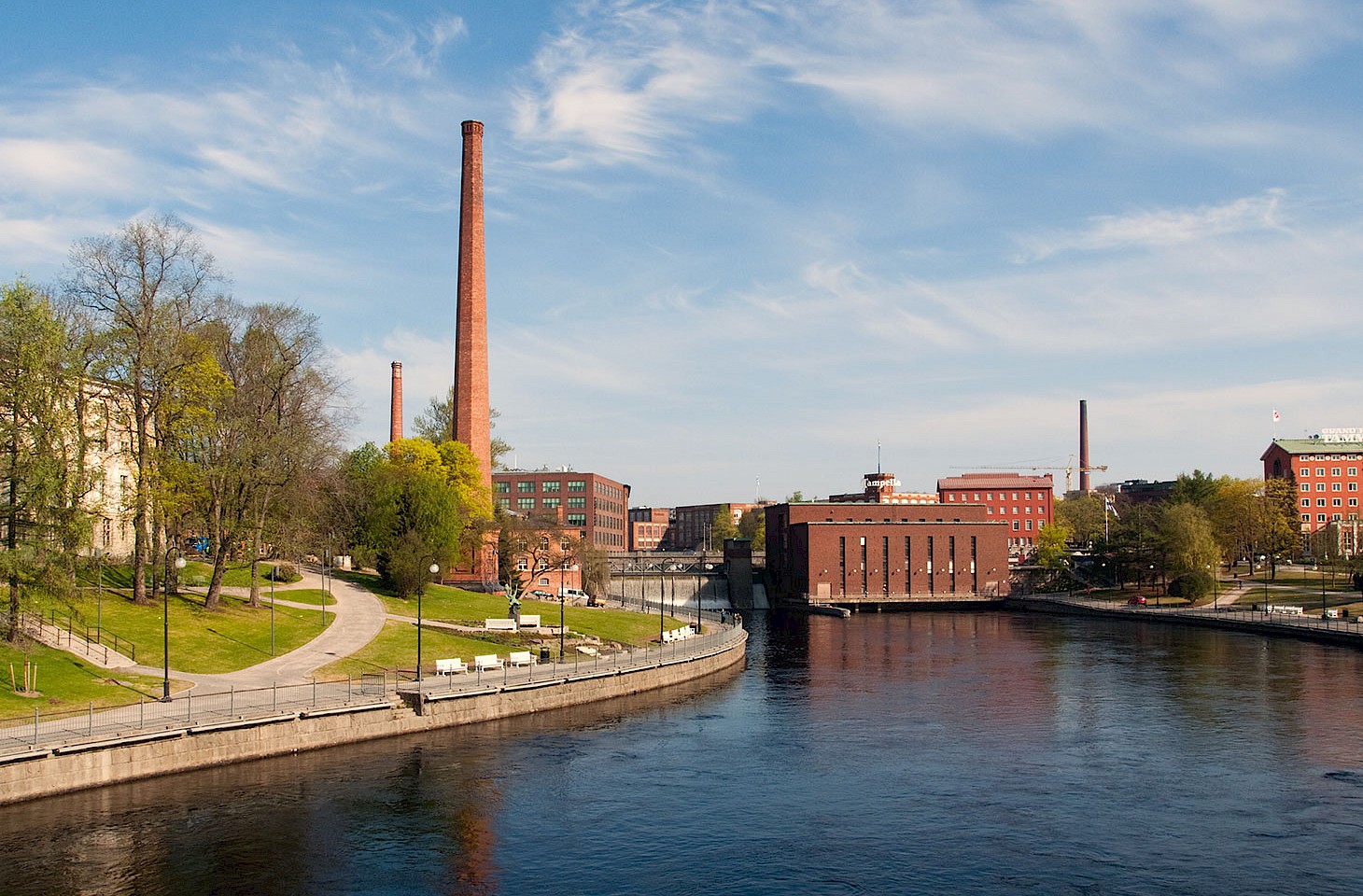Welcome to hidden europe 35, an issue full of slow travel moments and northern flavours.
hidden europe 35
Slow travel is the thread that weaves through hidden europe 35. We take the slow boat from Iceland, the slow train through the valleys of Germany’s Harz Mountains and savour slowly unfolding landscapes on a local bus through the valleys in mid-Wales.
We wander through the Bukovina area of Carpathian Ukraine, explore the border between Russia and Estonia at Narva, visit the Lenin museum in the Finnish city of Tampere and ponder on the fruits of Paradise.
Picture above:
En route to the top of the Brocken in Germany's Harz Mountains (photo © hidden europe).
Summary
Slow travel is the thread that weaves through hidden europe 35. We take the slow boat from Iceland, the slow train through the valleys of Germany’s Harz Mountains and savour slowly unfolding landscapes on a local bus through the valleys in mid-Wales.
We wander through the Bukovina area of Carpathian Ukraine, explore the border between Russia and Estonia at Narva, visit the Lenin museum in the Finnish city of Tampere and ponder on the fruits of Paradise.
The Carpathian region of south-west Ukraine has fabulous beechwoods and rural lifestyles that tell of another world – one far removed from much of modern Europe. Laurence Mitchell introduces us to Chernivtsi and to villages in the hinterland of the town – places where echoes of the verse of poet Paul Celan still touch life today.
The Harz Mountains lie astride the erstwhile border between East Germany and West Germany. The forested hills of the Harz preside over the North European Plain. The eastern portion of the Harz benefits from a legacy of East Germany: a wonderful narrow-gauge railway system. This is slow travel at its best, as we explore the Harz Mountains in autumn.
Buses are experiencing a happy renaissance in Britain. The advent of concessionary bus passes to senior citizens has tempted many diehard motorists onto the top deck. In a special two-part feature for hidden europe, we look at a new book that showcases fifty great bus journeys from across Britain.
The River Narva marks one of Europe's more conspicuous frontiers: that between the European Union (and the Schengen area) to the west and the Russian Federation to the east. But cultures do not always respect borders and in a visit to Narva, on the Estonian bank of the river, we encounter a city that is very Russian in demeanour.
Lenin's promise that Finland would be granted her independence after the Bolshevik Revolution was first made in Tampere. This Finnish city has a fine industrial and political heritage, as we discover when we visit a museum devoted to the life and work of Lenin.
The poetry of Paul Hadfield has featured before in hidden europe. When he sent us a poem on the Whaligoe Steps in north-east Scotland, it set us thinking about some of the iconic stairways that we have encountered on our travels around Europe.
We have been taking a look at some ferry timetables of yesteryear. Forty years ago, there were still regular ferry services from the Scottish port of Leith to Iceland. This, and many similar routes in north European waters, was a slow travel experience par excellence. We cast back to the days when ferries still ran to Svalbard and flit boats were still in use at many ports.
Iain Bamforth, a first-time contributor to hidden europe, wanders through the fruit markets of his home town of Strasbourg and reflects on apples and apricots, persimmons and pomegranates. Join us on a botanical tourof Paradise.
Russia's decision this year to abandon seasonal changes of clocks has prompted much media comment. Belarus has followed Russia's example. Ukraine, after much prevarication, has opted to stick with alternating winter and summer time. In this short piece for hidden europe, we take a look at the politics and time.
For a brief period in the early 1930s, the Norwegian flag fluttered over two remote settlements in eastern Greenland: Myggbukta and Antarctichavn. This is the story of Eirik Raudes Land (Erik the Red Land), an upstart territory named in honour of one of the Viking World's most celebrated mediaeval scoundrels.
Whatever happened to the massive five-pointed red star that for many years topped the communist party headquarters in Sofia? For years, it was hidden away in a cellar, but now it greets visitors to a new museum of socialist art in the Bulgarian capital.
We explore the prospects for new ferry services in the Mediterranean linking Europe with Libya.
During the 1960s and 70s, trains full of guest workers (or Gastarbeiter as the migrant workers were called in Germany) were a common site arriving in German cities. This autumn marks the fiftieth anniversary of the accord between Turkey and Germany that prompted on of the largest migrations of workers in recent European history.
We revisit a surreal moment at a tiny café tucked away in the forests of eastern Estonia.
A look ahead at hidden europe 36 which will be published on the Ides of March.












